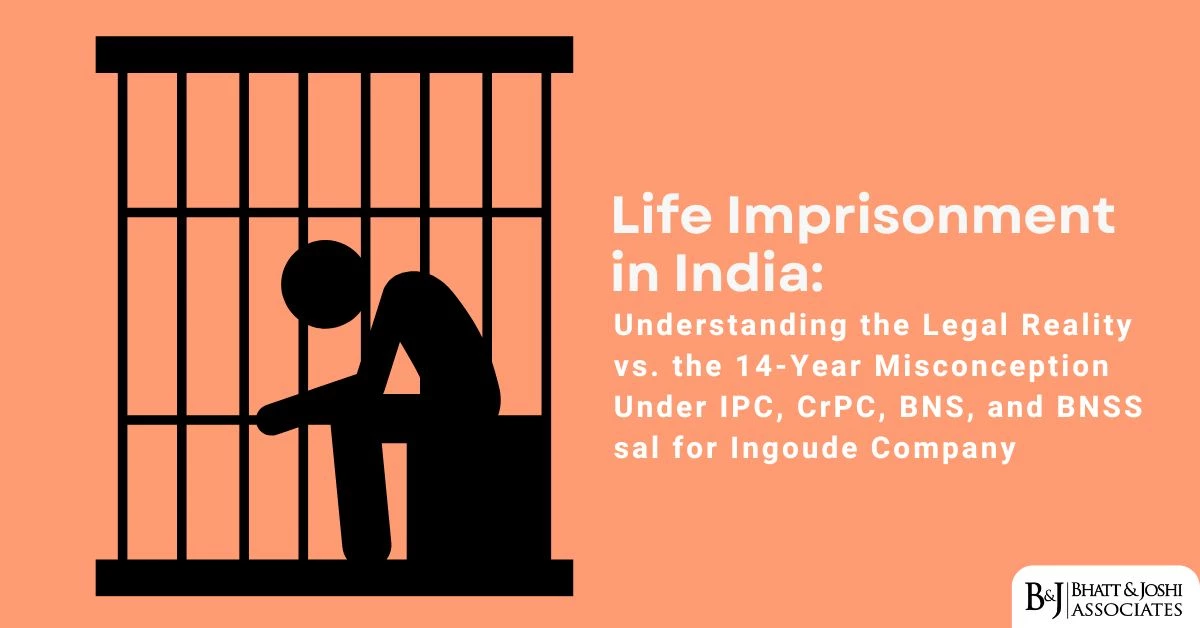Introduction
The concept of “well-known trademarks” represents a cornerstone of intellectual property protection in India, offering heightened safeguards to marks that have achieved substantial recognition among consumers. Recent judgments by the Delhi High Court, including the 2025 PUMA SE vs. Mahesh Kumar case, have further solidified the special status these marks enjoy under Indian law. This article examines the legal framework surrounding well-known trademarks in India, the process of obtaining such status, and the enhanced protections they receive.
Legal Framework and Definition of Well-Known Trademarks
Well-known trademarks occupy a privileged position in India’s trademark jurisprudence. The Trade Marks Act, 1999, recognizes well-known marks as those that have acquired significant recognition within the relevant sector of the public, such that use of those marks by unauthorized entities would likely suggest a connection with the original proprietor. This special recognition extends protection beyond the specific goods or services for which the trademark is registered, allowing proprietors to prevent unauthorized use even in unrelated product categories.
The declaration of a trademark as “well-known” follows a procedure outlined in Rule 124 of the Trade Marks Rules, 2017. This involves filing a request with the Registrar of Trade Marks, who then invites objections from the general public by publishing the proposed well-known trademark in the Trade Marks Journal. If no valid objections are raised within the stipulated period, the trademark is officially declared well-known and included in the list maintained by the Trade Marks Registry.
In the recent PUMA SE case, the court noted that the plaintiff’s trademark ‘PUMA’ had been declared as a well-known trademark in India on December 30, 2019, by the Trade Marks Registry, which was published in the Trade Marks Journal bearing no. 1934. Additionally, during the course of the proceedings, PUMA’s marks ‘PUMA’ and ‘leaping cat device’ were also declared as well-known marks and published in Trade Marks Journal bearing no. 2144 dated February 19, 2024.
Enhanced Protection for Well-Known Trademarks
The special status granted to well-known trademarks provides their owners with significantly expanded protection compared to ordinary trademarks. This expanded protection stems from judicial recognition that well-known marks, having invested substantially in building brand reputation, require stronger safeguards against potential infringement and dilution.
The Delhi High Court in PUMA SE vs. Mahesh Kumar emphasized this principle, citing the Hamdard National Foundation case which established that “the requirement of protection varies inversely with the strength of the mark; the stronger the mark, the higher the requirement to protect the same”. This principle acknowledges that well-known marks face greater risk of exploitation precisely because of their market recognition and consumer association.
This heightened protection extends across all classes of goods and services, regardless of whether the original trademark owner operates in those sectors. The rationale behind this extended protection is to prevent dilution of the distinctive character of the well-known mark and to protect consumers from confusion regarding the source or origin of goods and services.
Counterfeiting and Well-Known Trademarks
Well-Known Trademarks in India, particularly those associated with luxury or premium brands, frequently become targets for counterfeiting activities. The Delhi High Court, in Louis Vuitton Malletier v. Capital General Store, characterized counterfeiting as “a commercial evil, which erodes brand value, amounts to duplicity with the trusting consumer, and, in the long run, has serious repercussions on the fabric of the national economy”.
Counterfeiters typically target well-known marks precisely because of their established market reputation and consumer trust. This exploitation not only dilutes the distinctive character of these marks but also misleads consumers regarding the authenticity and quality of the products they purchase. For luxury brands like PUMA and Louis Vuitton, counterfeiting represents a significant threat to their market position and brand integrity.
Judicial Approach to Well-Known Trademark Protection
Indian courts have consistently recognized the need for robust protection of well-known trademarks. The Delhi High Court’s approach in recent cases demonstrates a firm stance against infringement and counterfeiting of well-known marks, reflecting a judicial understanding of the commercial implications of such violations.
In the PUMA case, the court found that the defendant was manufacturing counterfeit products under PUMA’s registered and well-known marks. The court emphasized that well-known marks require a higher degree of protection as they are “highly susceptible to piracy”. This vulnerability stems from their market recognition, with stronger marks paradoxically facing greater risks of exploitation by those seeking to capitalize on their established reputation.
Similarly, in the Louis Vuitton case, the court observed that counterfeiters completely abandon “any right to equitable consideration by a Court functioning within the confines of the rule of law”. This characterization reflects the judiciary’s recognition of counterfeiting not merely as a private wrong against the trademark proprietor but as a broader commercial and social evil with widespread economic implications.
Remedies and Enforcement
The enhanced protection for well-known trademarks is reflected in the remedies available to their proprietors. Courts have shown willingness to grant substantial relief in cases involving infringement of well-known marks, including permanent injunctions, damages, and costs.
In the PUMA case, the Delhi High Court granted a permanent injunction restraining the defendant from manufacturing and selling counterfeit PUMA products. Additionally, the court awarded costs of Rs. 9,00,000 along with damages of Rs. 2,00,000, recognizing this as “a befitting case for grant of actual costs on account of a clear case being made out for counterfeiting”.
Similarly, in the Louis Vuitton case, the court directed the defendant to pay Rs. 5 lakhs to the plaintiff within four weeks, failing which the proprietor would face imprisonment in civil prison. This stringent approach reflects the court’s determination to create effective deterrents against trademark infringement and counterfeiting.
Conclusion
The concept of Well-Known Trademarks in India represents a sophisticated development in intellectual property jurisprudence, recognizing that certain marks transcend their specific product categories to achieve broader market recognition. Indian law, both through statutory provisions and judicial interpretation, has established a robust framework for protecting these distinguished marks.
Recent cases involving PUMA and Louis Vuitton demonstrate the judiciary’s commitment to enforcing this enhanced protection, particularly against the growing threat of counterfeiting. As well-known marks continue to face exploitation in an increasingly globalized marketplace, the legal framework surrounding their protection remains essential to maintaining brand integrity and consumer trust.
The recognition of a trademark as “well-known” thus serves not merely as an acknowledgment of its market prominence but as a gateway to enhanced legal protection commensurate with its commercial significance. For brand owners, securing this status represents a valuable tool in their broader intellectual property protection strategy, particularly in combating infringement and counterfeiting across diverse product categories.














